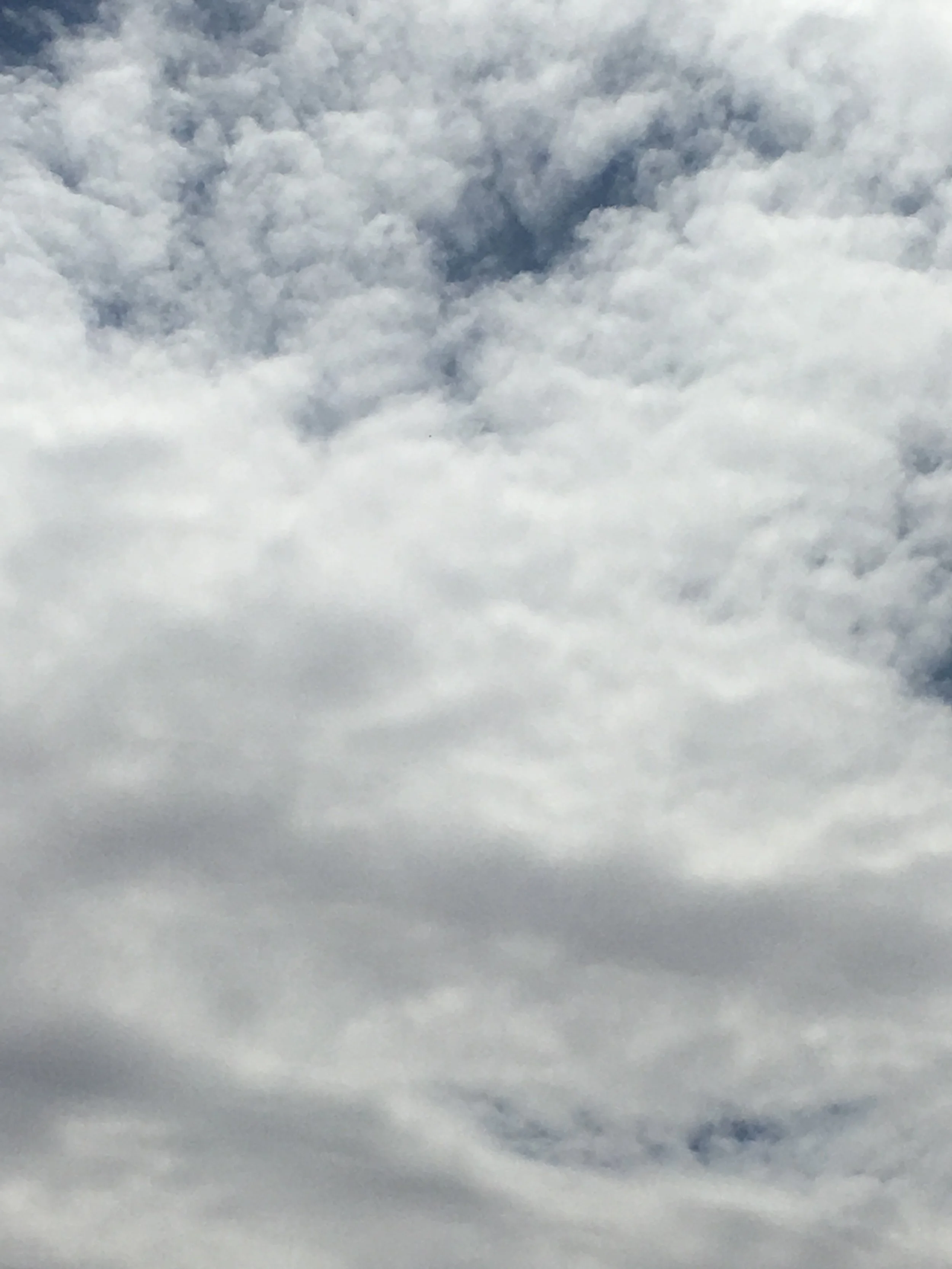The 2nd Sungduk International Early Childhood Education Symposium and Workshop
A few days ago I shared a South Korean news story about my participation in the The 2nd Sungduk International Early Childhood Education Symposium on October 8th 2016. I still have no idea what it says, although Google Translate talks about a Dr. Holiness being present!
I do know that I had a very warm welcome from the academic community and that students were eager to participate in the conversations and activities on offer in the follow-up workshop.
It’s always a good challenge to run a workshop with participants whose language you don't share. It never fails to remind me of the importance of direct interaction, both in long term teaching situations and one-off workshops.
I was lucky to work with a wonderful translator, who knows my work well and with whom I had the opportunity to prepare the workshop. We talked about what materials to offer, why and how to do offer them, and what the main goals and take-aways were. We discussed each word, making sure my sentences were translatable to the context and that the ideas traveled well across languages.
Even so, as I walked around the room during the materials explorations, I felt the need to connect directly with people, help them notice details in their work and value their own discoveries. Yes, the “language barrier” is there - but just like with my young students, it is my job to find ways to work with that challenge, not against or despite of it. Yes, the words I say are important. But more than that, it is important to show that I value their willingness to explore, that I notice specific elements in the way they are engaging with their materials, and that different spoken languages are not a barrier but merely a feature of our interaction.
So I go around the room smiling and crouching down beside each group, pointing out specific details in specific works and connecting them to others, inviting people to touch individual elements to make connections between textures or shapes, mimicking and gesturing my own discoveries prompted by my encounters with each separate piece.
When the translator came around to us, we suddenly found words to go with all of it - but sometimes I wondered if we really needed them.
Other people were meant to drop in - the University’s president, a couple of news reporters, faculty members - but they ended up staying for most of the session, walking around and chatting with participants, calling our attention to things they noticed. I couldn’t understand a word of it, but their enthusiasm was telling. The translator said the phrase “empowering experience” was in the air.





